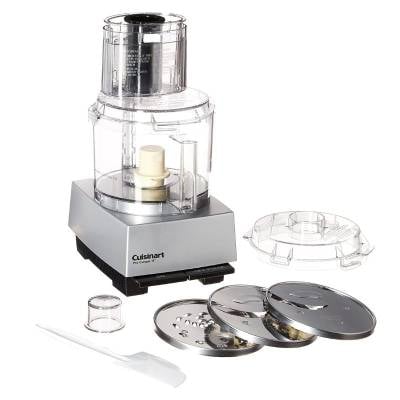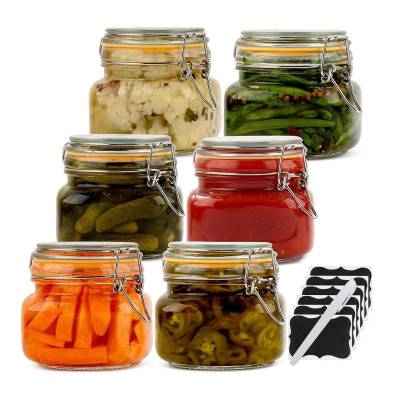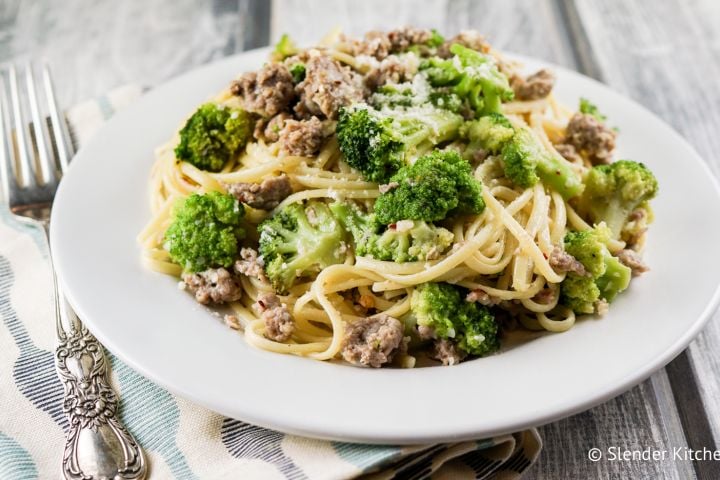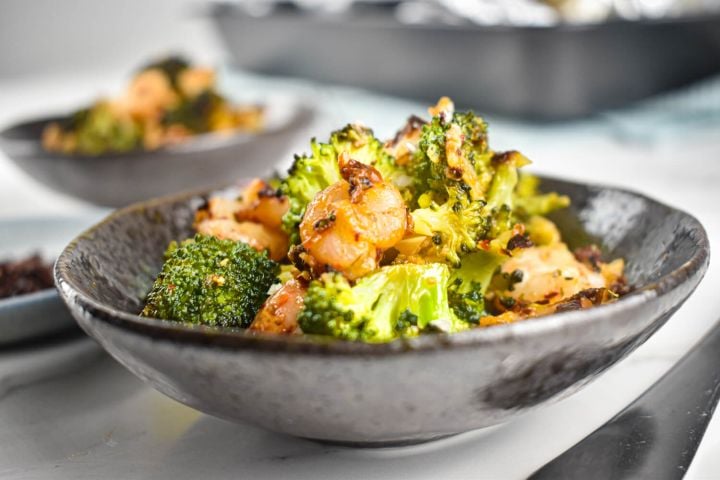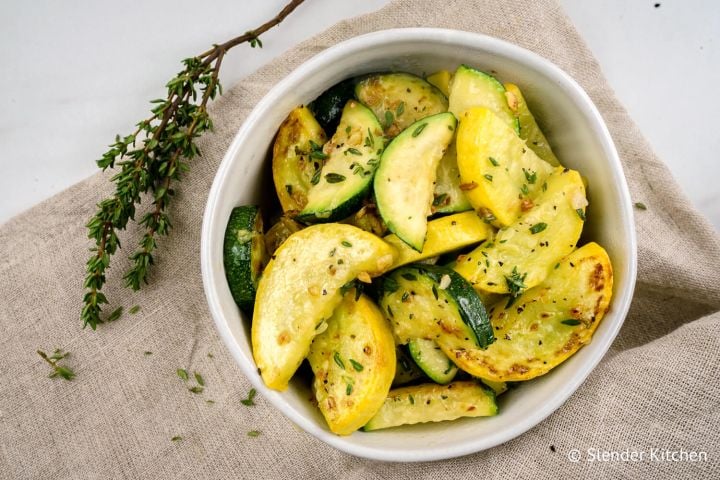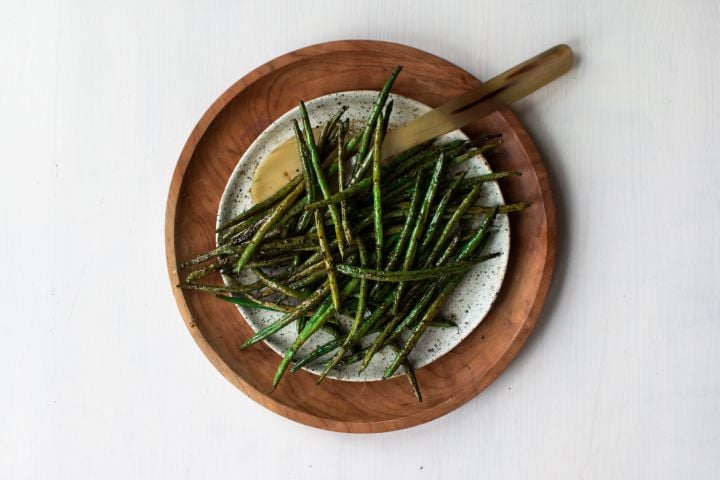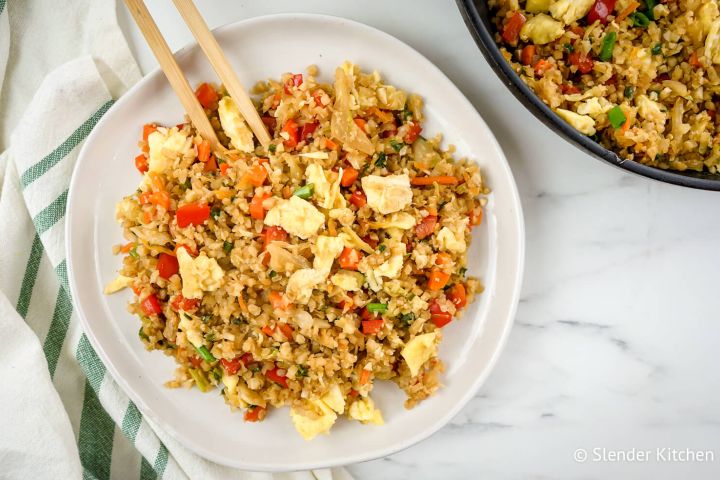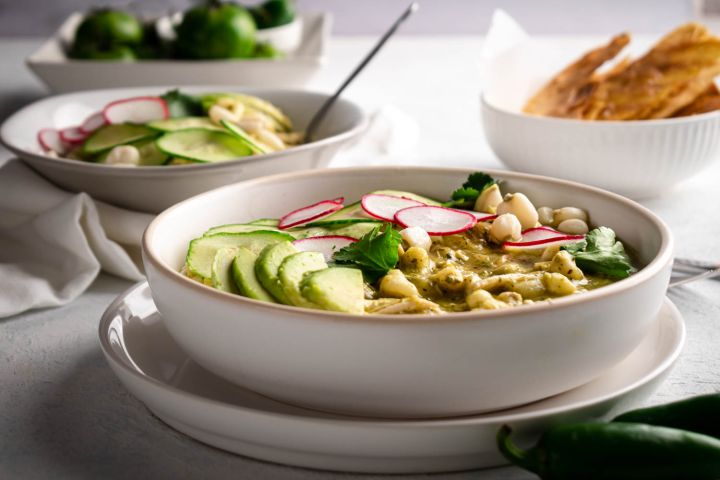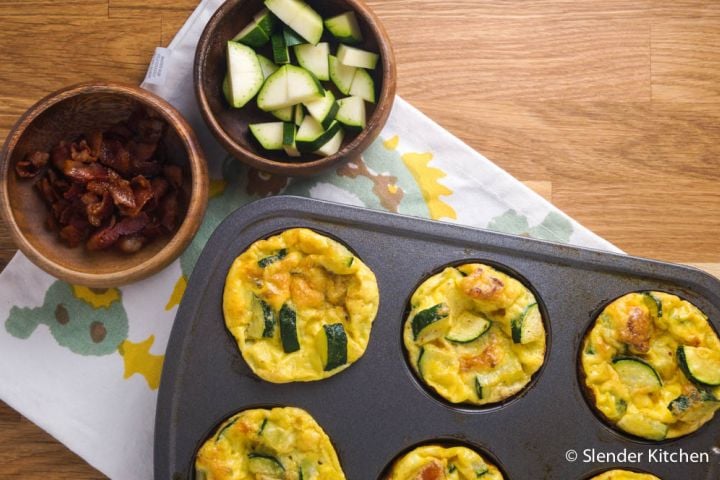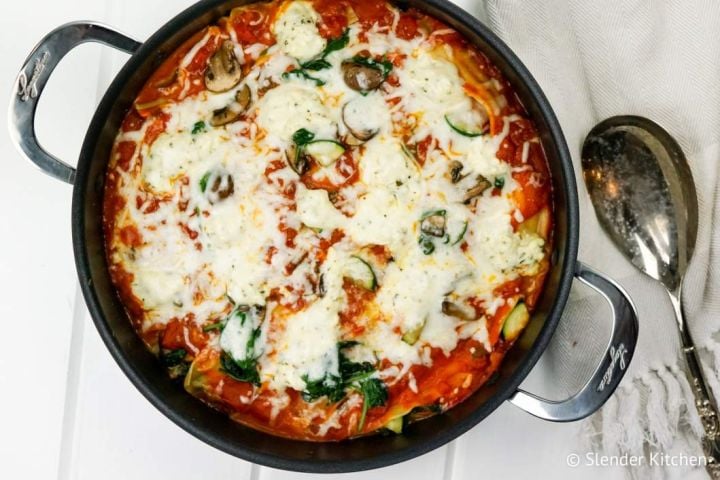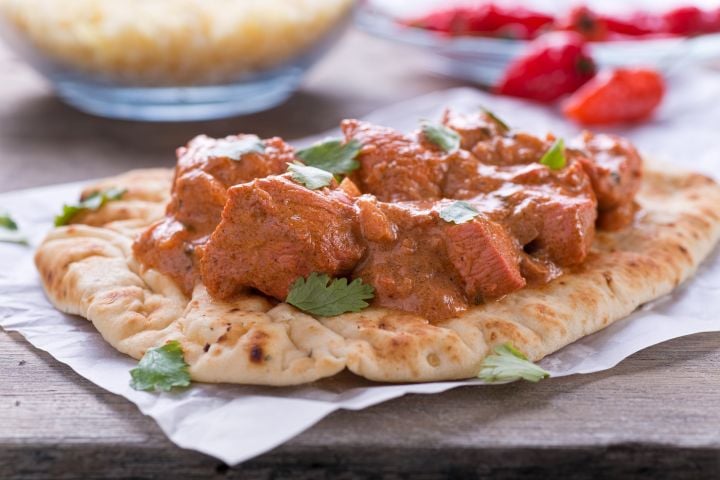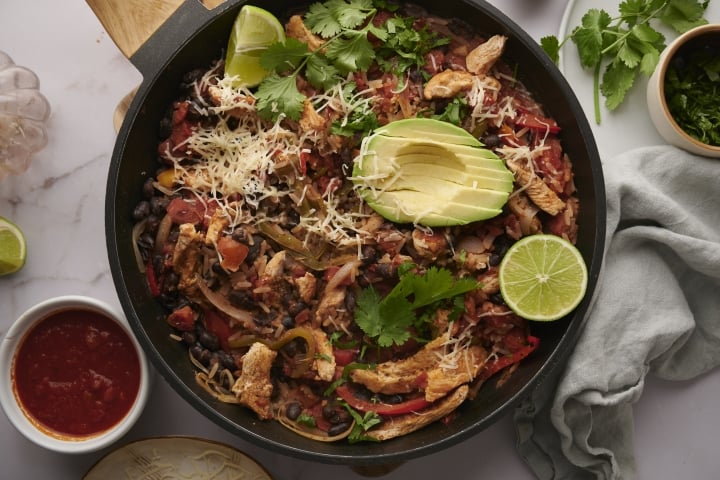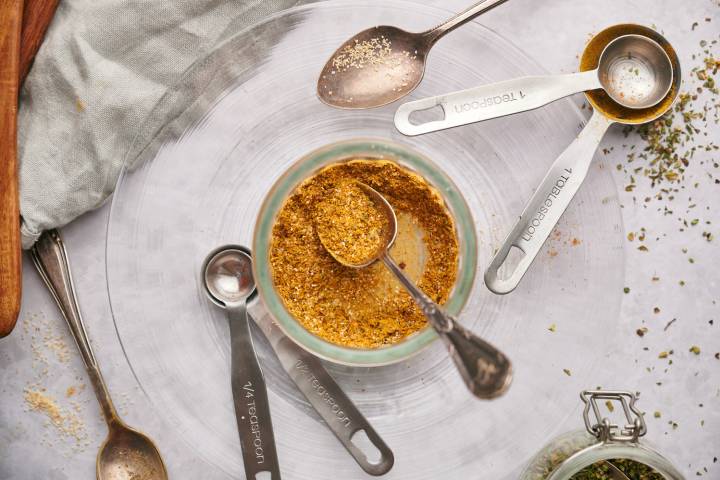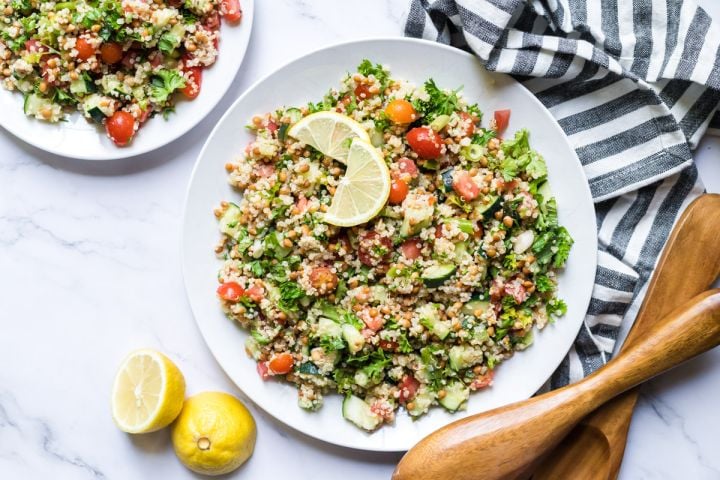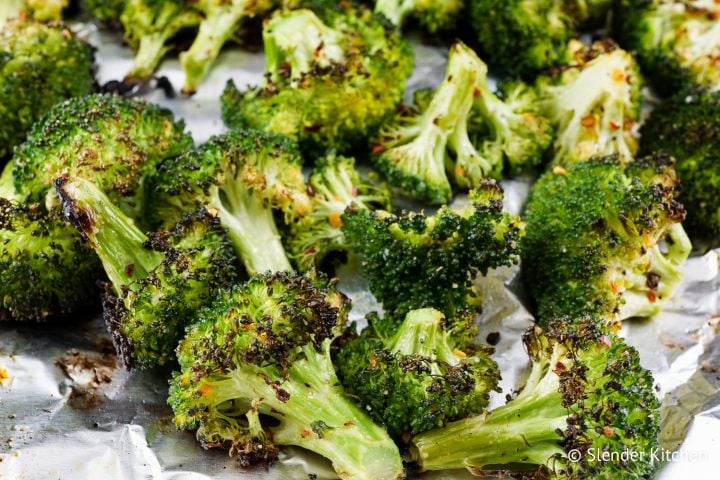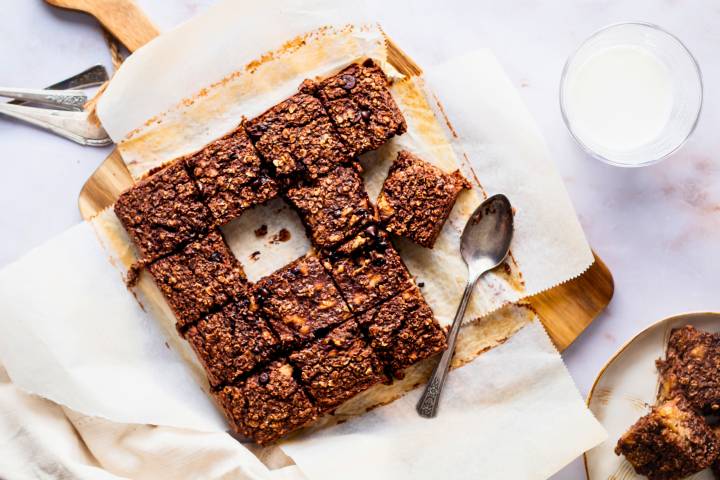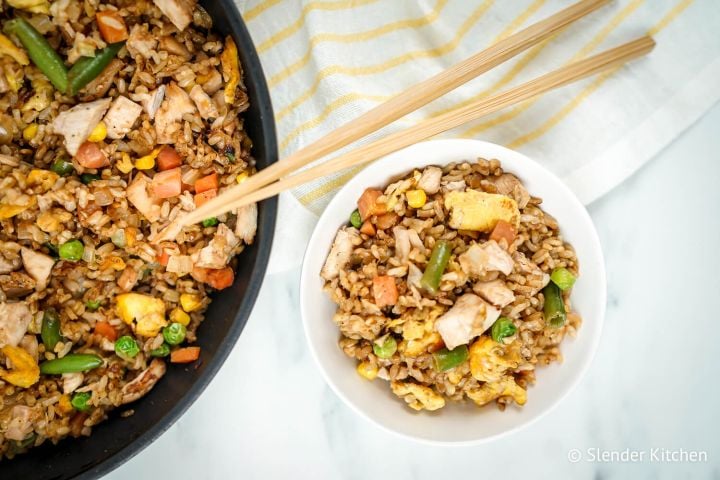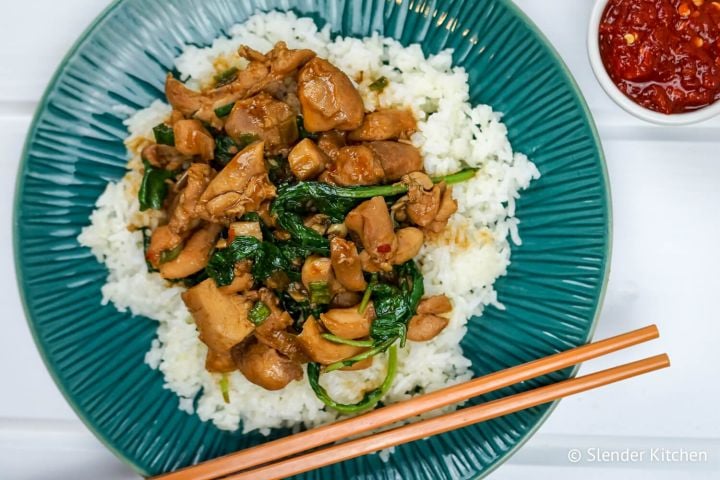Cauliflower Hummus
Cauliflower Hummus is a delicious low-carb and keto friendly twist on a classic dish. It’s made with roasted cauliflower, creamy tahini, tangy lemon juice, and roasted garlic for a tasty veggie-packed dip the whole family is bound to fall in love with.

The number of ways we can switch up iconic dishes like hummus never ceases to amaze me. I’ve made hummus with chickpeas, hummus with black beans, hummus with avocado—I’ve even made dessert hummus! Don’t knock it ‘til you try it, my Brownie Batter Chocolate Hummus is amazing.
However, it’s no secret that beans and hummus are fairly high in carbs. While they’re incredibly wonderful and nutritious, traditional hummus may not be the best option for someone looking to cut back on carbs or on a keto diet.
That’s where my Cauliflower Hummus comes in. This low-carb twist on classic hummus is delicious! Cauliflower has become the health food world’s favorite low-carb swap for rice, potatoes, and bread. So, why not chickpeas?
Cauliflower is mild in flavor and soft in texture, making it easy to transform into a wide variety of delectable dishes. To make this cauliflower hummus recipe, I roast cauliflower and garlic to perfection. Then blend it with tahini, olive oil, lemon juice, salt, and pepper. It's so good! It almost reminds me of baba ganoush but with cauliflower instead of eggplant.
By trading chickpeas for roasted cauliflower, we get a lightened-up alternative to authentic hummus without compromising on the taste and texture. Because it’s free of legumes, this no-chickpea hummus recipe is super easy to digest. It’s also an amazing way to sneak in more veggies onto your kids’ plates!
Serve up this low-carb hummus as a dip for veggies and pita chips, a spread for sandwiches and wraps, or a topping for salads and grain bowls. It’s wholesome, easy to make, and loaded with all the amazing flavors of your favorite hummus recipe.

Key Ingredients
To prepare this low-carb hummus recipe, you will need the following key ingredients:
- Cauliflower: The star of the show! By roasting the cauliflower, we caramelize it and enhance the delicious flavors. Once blended with the rest of our ingredients, it becomes incredibly soft, silky, and decadent.
- Garlic: Personally, I love roasting the garlic alongside the cauliflower to deepen and enrich the flavors. It also removes some of the sharpness that raw garlic tends to be associated with.
- Tahini: This delicious sesame seed paste is a staple in any hummus recipe and adds a nutty flavor, as well as plenty of healthy fats. If you aren't a fan of tahini, add some extra olive oil or cashew butter.
- Olive oil: Make sure to use a high-quality olive oil. You’ll be able to taste the difference! Swap in avocado oil if you prefer that.
- Lemon: The acidity and zest of the lemon brightens up the dish and enhances all of the wonderful flavors.
- Spices: I like to let the beautiful flavors of this dish stand on their own by keeping the spices super simple. All you need here is kosher salt and cumin. Feel free to add a pinch of paprika just before serving the dish for some color.
Recipe Tips and Substitutions
Here are a few tips and ideas that will help you get the most appetizing version of this appetizer every time:
- To roast or steam cauliflower? Cauliflower has a rather neutral flavor on its own, so I highly recommend roasting them to bring out the natural flavor. Roasting caramelizes the cauliflowers, releasing a subtly sweet flavor with hints of nutty undertones. It also softens it up without making it mushy.
- Add some garnishes: To create a photo-worthy final dish, don’t forget to garnish it with some colorful ingredients. I love adding a drizzle of olive oil, a sprinkle of paprika, and fresh chopped parsley or cilantro.
- Jazz up the flavors: Since cauliflower tastes delightful with all sorts of flavors, feel free to switch things up however you like. I love adding spice blends like Za’atar or blending in some roasted red peppers (like in this red pepper hummus recipe) for a smoky yet sweet flavor.
- Mellow the garlic: Raw garlic tends to overwhelm a dish like this, which is why I love roasting it instead to soften the sharpness and enrich the flavors. For the best possible results, don’t skip this step!
- Don’t forget the ice water: The addition of ice-cold water helps get a smooth, creamy, and fluffy hummus texture.
What to Serve With Cauliflower Hummus
You can serve this dish with just about anything you’re in the mood for. Pair it with veggies as a dip, spread it onto your favorite wraps, or use it as a topping in your next grain bowl. The options are plentiful, so don’t be shy!
Here are some of my favorite ways to serve cauliflower hummus:
- Vegetables: I’m a big fan of pairing this dish with roasted vegetables like these Simple Roasted Asparagus or Roasted Green Beans. That being said, fresh veggies and hummus go together wonderfully, so feel free to serve them up with any of your favorite raw veggies including carrots, celery, bell peppers, or cucumber.
- Pita chips: For a delightfully crunchy and salty snack, try serving this dish as a dip with pita chips, crackers, or pretzels.
- Sandwiches and wraps: This cauliflower hummus is a great low-carb spread that guarantees to add amazing flavor to sandwiches and wraps. Easiest way to upgrade a simple lunch!
- Salads and grain bowls: For an extremely flavorful and creamy addition to any bowl of veggie goodness, add a dollop of cauliflower hummus. Some of my top picks include this Easy Mediterranean Salad and these Garlic Tahini Broccoli Bowls.

How to Store Leftover Hummus
Not only does this cauliflower hummus never fail to satisfy, but it’s also hands down one of the easiest dishes to save for later. So, if you find yourself with some extra hummus, you’re in luck.
Simply transfer any leftover hummus to an airtight container and then store it in one of two ways:
- In the fridge for up to 5-6 days.
- In the freezer for up to 2-3 months.
If you’re planning to prepare this in advance, I highly recommend freezing them in individual portions. That way, you’ll be able to thaw only what you need.
Frequently Asked Questions
Here are the answers to some of the most frequently asked questions about this low-carb cauliflower hummus:
Is this roasted cauliflower hummus keto-friendly?
Yes! Since this hummus uses roasted cauliflower as a substitute for the more traditional chickpeas, you get a hummus that’s not only keto-friendly, but also paleo, low-carb, and lectin-free.
It has just 6 grams of carbohydrates per serving with 2 grams of fiber leaving the net carbs at just 4 grams.
What can I use instead of tahini?
Simple nut butters like almond and cashew are good substitutes for tahini. They have a similar texture and blend in well with the dish. If you have a nut allergy but don’t want to use tahini, try using sunflower seed butter as an alternative.
Can I steam my cauliflower instead?
Of course! This is totally up to you. While steaming is the quicker of the two, it’s really easy to end up with a watery cauliflower that will give your hummus a thinner texture. Steamed cauliflower also tends to come out blander than roasted cauliflower, so you may want to add more seasonings to taste.
If you do decide to steam the cauliflower, make sure to dry it as much as possible before blending it with the food processor.

Cauliflower Hummus
- Download
- Send to your inbox
Ingredients
-
1 head cauliflower, cut into florets
-
4 cloves garlic (not peeled)
-
2 tbsp olive oil
-
1/4 cup tahini
-
1 lemon, juice (about ¼ cup)
-
1/2 tsp cumin
-
2 tbsp ice cold water (more if needed to get a smooth consistency)
Instructions
(Hide Media)Switch to prevent your screen from going dark.
Equipment
* Percent Daily Values are based on a 2,000 calorie diet. Your daily values may be higher or lower depending on your calorie needs.
The Nutritional Values provided are estimates only and may vary based on the preparation method.
Notes
If you aren't a fan of tahini, swap in cashew butter or another neutral nut butter. You could also simply use extra olive oil but it won't have a nutty flavor.

Get delicious, healthy recipes delivered each week right to your inbox.

Snap a picture and show us what you made on Instagram or Facebook.
Tag us using @SlenderKitchen or #slenderkitchen.







